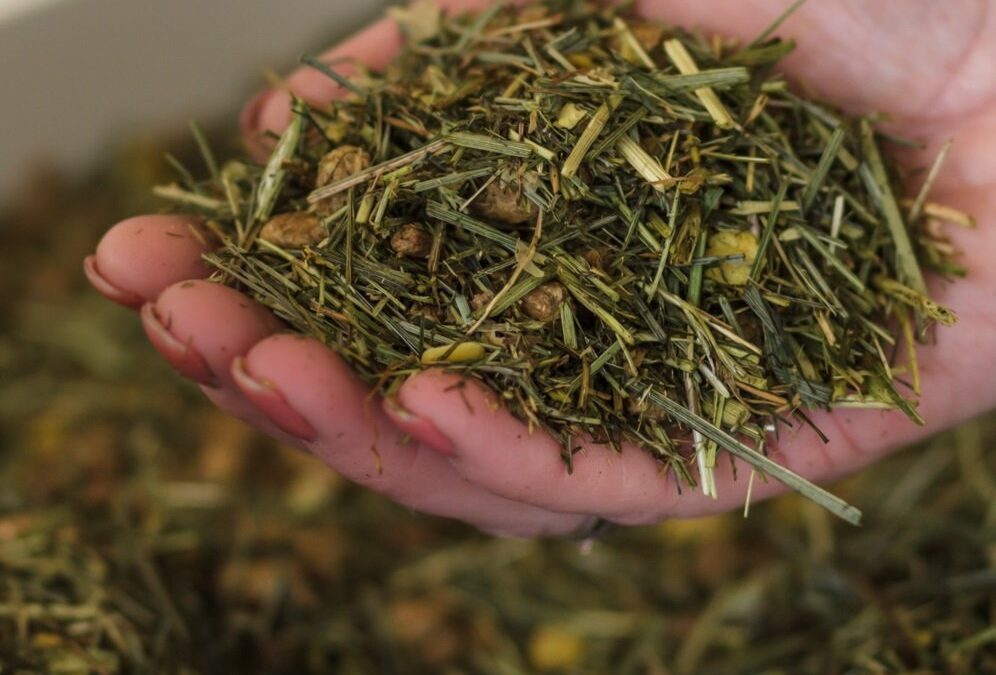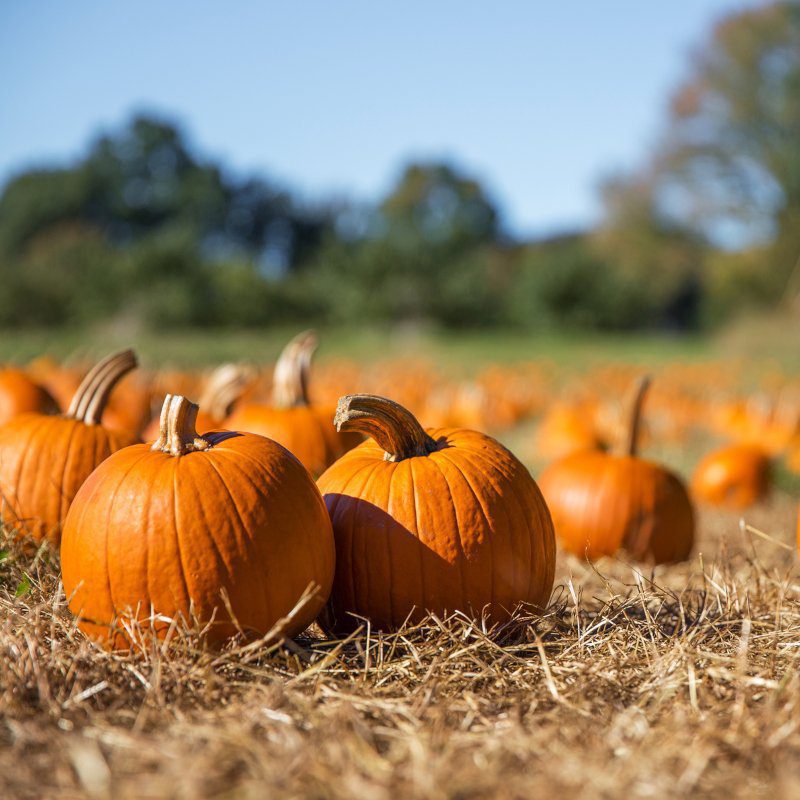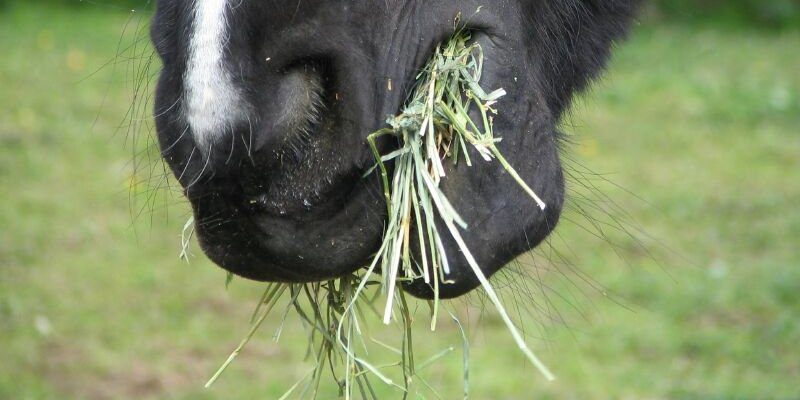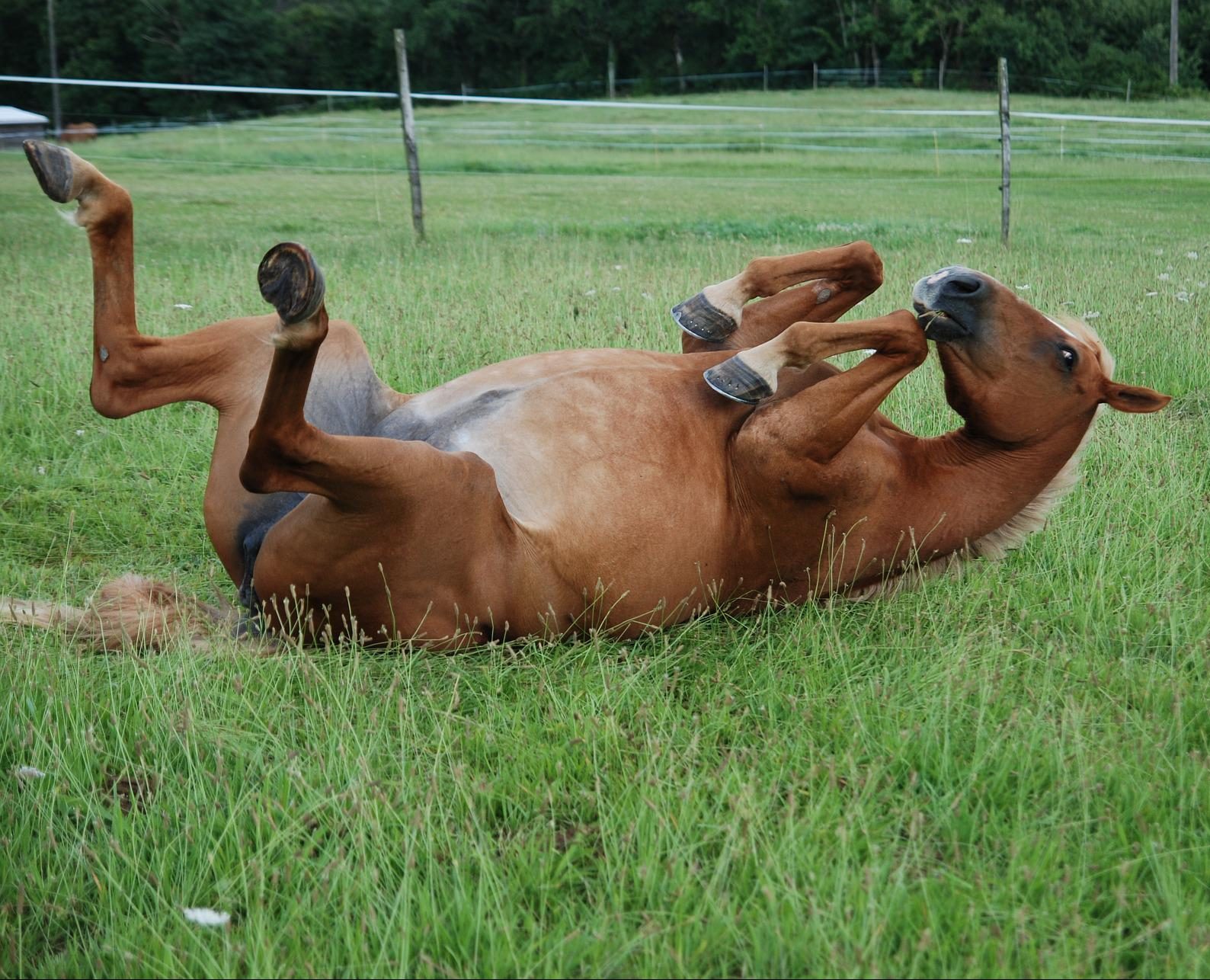Seasonal variations in the appearance of your Pure Feed
We sometimes get asked by our customers, why their latest bag of Pure Feed looks different to a previous bag. There is a very good explanation for this. Our feeds are manufactured with the horse’s digestive system in mind. We avoid using things like preservatives and mould inhibitors and use ingredients that the horse would eat naturally. Fibre is the basis of our feeds, which can vary in appearance. Nearly all of our ingredients come from UK-grown sources including our grasses and super fibres from Yorkshire.
Natural ingredients
The ingredients that we use in our feeds are natural, and therefore the finished product can vary in appearance due to differences in texture and colour. This is true of any natural, grown product, they can all vary in size, shape or colour- no two apples are the same. We can relate this in particular, to things like the chopped grass that we use in our feeds. The pictures below demonstrate the different appearance of two batches of grass.


If we take grass as an example
The weather and conditions when the ingredients are grown and harvested can influence the finished product. We use meadow fescue in our feeds. Normally the grass we use is harvested when it is about 20-30cm tall from late April up until early September. This results in about 6-8 cuts in a standard year. The grass is then blended so that we have a consistent ingredient for mixes throughout the year.
Grass which is cut when young is a very deep green colour. It hasn’t formed many of the structural components within the leaves, so it is also very brittle and can go a bit mealy if it isn’t handled gently. This sort of grass is produced when we have a very short period of heavy rain, with long-hot dry spells on either side. The grass shoots up rapidly but can then wilt and turn brown if not harvested right away.
In contrast, grass which is short on water but which grows steadily will tend to reduce the quantity of leaves produced, and instead send up seed stalks. Grass harvested from these fields is cut before seed heads form (so that the nutrition of the grass is not significantly affected). The seed stalks are relatively tough and a much lighter colour, so the grass is closer to chopped hay in appearance.
How has the weather affected the appearance of the feed
In the spring and summer of 2022 the weather was very dry which not only produced a smaller crop but also impacted the harvesting and blending process. As grass was in shorter supply, more of it was used as it was harvested. This meant there wasn’t the opportunity to build up stock and blend different batches together. Therefore there is a great deal more variability in the appearance of the grass between batches.
The appearance of Pure Condition Mix
Differences in colour is often the most obvious change between batches. This is particularly noticeable in the Pure Condition Mix as grass is the only long-chop fibre used. This is a physical difference and should not affect the nutritional balance of the feed. The picture below is of two different batches of Pure Condition Mix.

You’re always welcome to contact us
If you have any more questions about Pure Feed or feeding your horse, our
friendly team of nutritionists are here to help. Email the team at nutrition@purefeed.com or call us on 01458 333 333, Monday to Friday 9 am to 5 pm.






